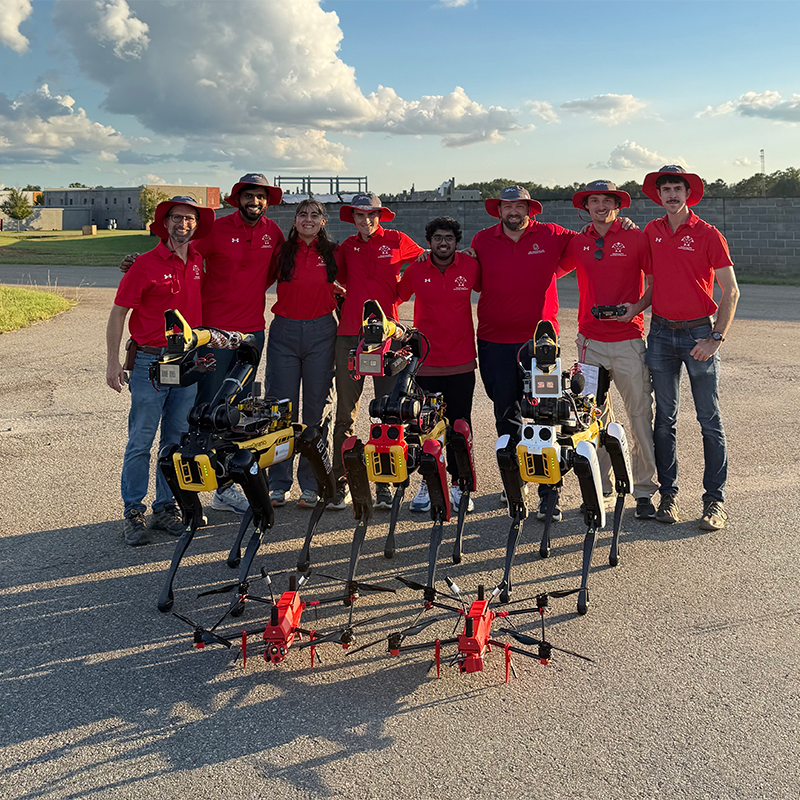News Story
Designed to Fail, Better

This article appeared originally in the Department of Civil and Environmental Engineering's 2018 alumni magazine, Civil Remarks. Find more stories at go.umd.edu/civilremarks.
Version 2.5 of the nationally used Pavement ME Design software was released in July 2018, but one of its most significant updates was initiated six years before during a hallway conversation between colleagues in College Park.
Charles Schwartz, professor and chair of the Department of Civil and Environmental Engineering (CEE), was one of several researchers who in the early 2000s introduced a new method for pavement design under the National Cooperative Highway Research Program. It’s known as the mechanistic-empirical (ME) approach because of its blend of mathematical models that predict pavement performance based on theoretical modeling and direct observations.
“Pavements are designed to fail,” Schwartz explained. “It’s more cost effective over the life cycle of a road to design the pavement to last 20-50 years and then do a major renovation.
“However, we can’t empirically test the performance of every product under every possible load and weather condition. By combining empirical and mechanistic approaches, we are able to more accurately and efficiently predict when a particular pavement design will fail.”
Use of the ME method has become routine among pavement design engineers since the American Association of State Highway Transportation Officials originally released what is now the Pavement ME Design software in 2008.
There was just one problem. To compute how a proposed pavement design will respond to environmental effects, the original software relied on weather data from the National Centers for Environmental Information.
“We needed data on hourly temperature, wind speed, percent sunshine, precipitation, and relative humidity, but the data set provided only some of these values,” said Jonathan Groeger, principal engineer at Wood Environment & Infrastructure Solutions Inc., the prime contractor for the project. “And none of the values were available at the hourly interval needed for the software.”
“It was the best we had at the time,” Schwartz added.
That was until Schwartz mentioned the limitations to Barton Forman, a CEE associate professor and former NASA researcher who works extensively with satellite data.
Forman introduced Schwartz to NASA’s Modern-Era Retrospective Analysis for Research and Applications (MERRA) dataset. MERRA’s continuous satellite data dating back to 1979 fuels a global climate model capable of predicting hourly weather conditions at a spatial resolution of roughly 50 by 65 kilometers. The model is calibrated every six hours with millions of weather readings collected from satellites, weather balloons, and weather buoys across the world.
Schwartz, Forman, Groeger, and others on the research team would spend a few years ground truthing the data to ensure it met standards set by the Federal Highway Administration LongTerm Pavement Performance (LTPP) program. The information was added to the LTPP database in 2016 before being integrated into the Pavement ME Design software earlier this year.
“The higher quality weather data provided by MERRA will allow us to do a better job designing pavements, predicting their field performance, and reducing the nearly $100 billion the nation spends each year on highway maintenance, repair, and construction,” Schwartz said.
Published November 14, 2018











